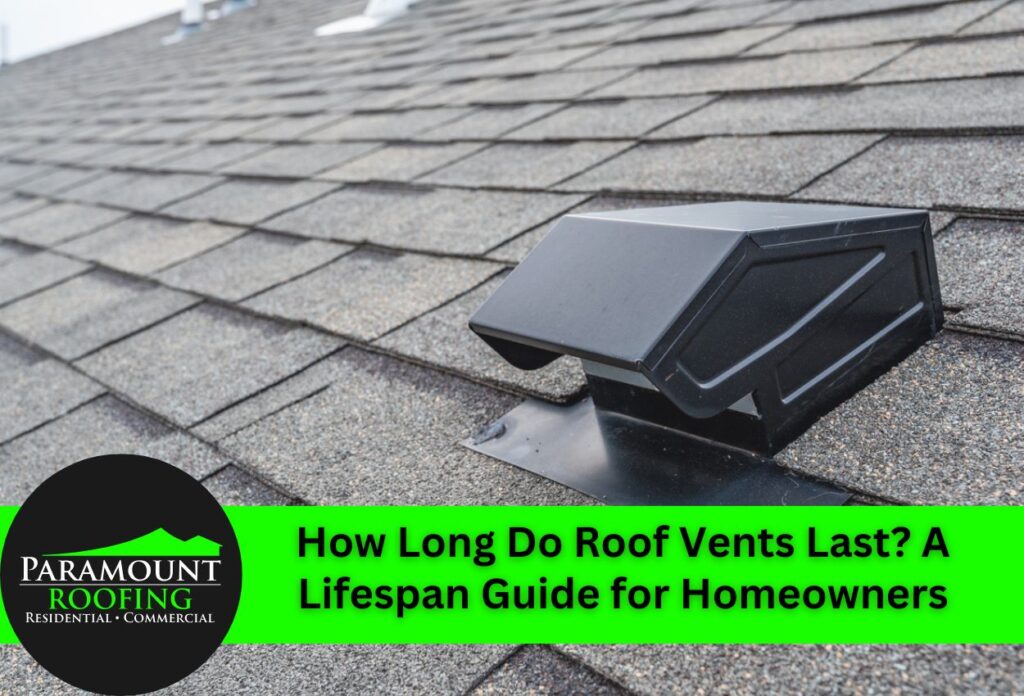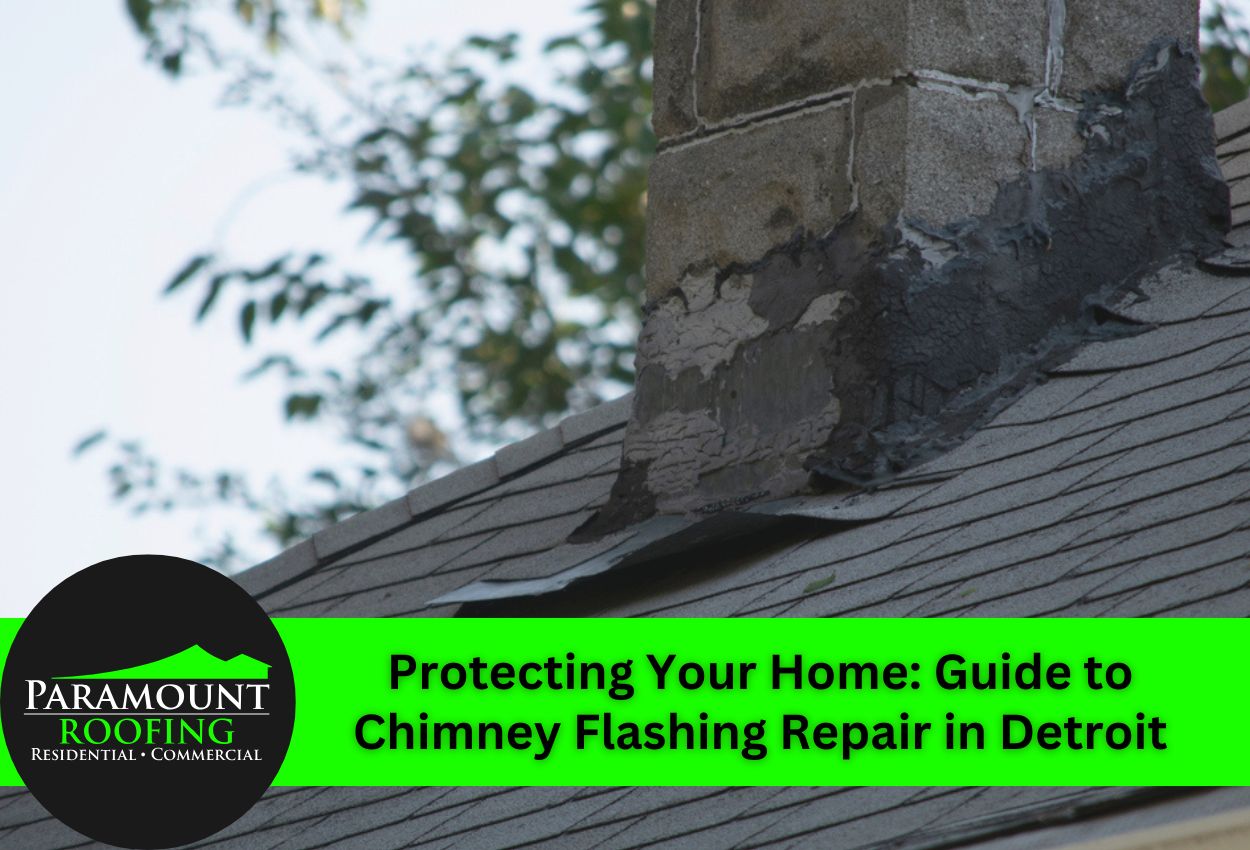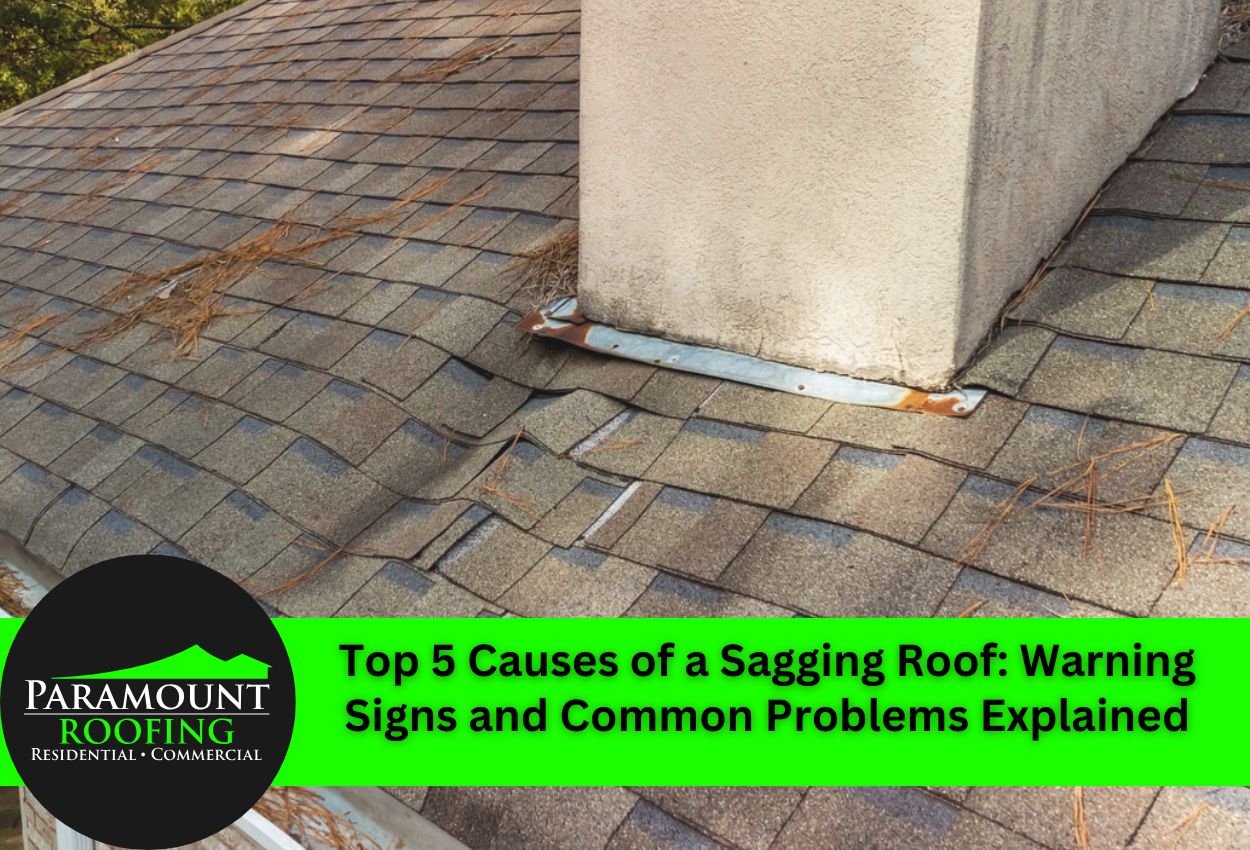
Roof vents typically last between 10 to 20 years, depending on the material and environmental conditions they face. Understanding the lifespan of a roof vent helps homeowners plan for maintenance and avoid expensive problems down the road. These essential components work around the clock to regulate air flow in your attic, making their durability crucial for your home’s overall health.
Different types of roof vents have varying lifespans that directly impact when replacement becomes necessary. Metal vents often outlast plastic alternatives, while turbine vents may need attention sooner than ridge vents due to their moving parts. Weather conditions, installation quality, and regular maintenance all play significant roles in determining how long roof vents will perform effectively.
Recognizing signs that roof vents need replacing prevents these expensive problems. Regular roof ventilation maintenance ensures optimal performance and helps homeowners identify issues before they become major repairs.
Different Types of Roof Vents and Their Expected Lifespans
Ridge vents, turbine vents, and static vents each offer different durability characteristics that affect their overall roof vent lifespan. Ridge vents typically last 15 to 20 years because they have no moving parts and sit along the roof’s peak, where they experience less stress. Turbine vents generally need roof vent replacement after 10 to 15 years, since their rotating mechanisms can wear down from constant wind exposure and weather elements.
Static vents fall somewhere in the middle range, lasting approximately 12 to 18 years, depending on their material composition and installation location. These types of roof vents rely on differences in natural air pressure rather than mechanical movement, which contributes to their reliable performance over time.
Material composition significantly impacts how long each vent type will function properly. Metal roof vents constructed from aluminum or galvanized steel often exceed their expected lifespan, sometimes lasting up to 25 years with proper roof ventilation maintenance. Plastic vents typically require replacement sooner, especially when exposed to extreme temperature fluctuations that cause cracking and brittleness.
Composite materials offer a middle ground between plastic and metal options, providing better durability than plastic while remaining more affordable than premium metal alternatives. Understanding these material differences helps homeowners make informed decisions about which types of roof vents will provide the best long-term value for their specific situation and budget requirements.
Key Factors That Determine How Long Your Roof Vents Will Last
Weather conditions significantly impact roof vent lifespan, with extreme temperatures and seasonal changes accelerating deterioration. Harsh winters create freeze-thaw cycles that cause materials to expand and contract, potentially leading to cracks and seal failures. Exposure to summer heat can make plastic components brittle while causing metal vents to warp or fade over time.
Installation quality plays an important role in determining whether roof vents reach their full expected lifespan. Properly sealed vents with adequate flashing prevent leaks that cause premature rust and structural damage. Poor installation techniques often result in loose connections, inadequate weatherproofing, and misaligned components that reduce overall durability.
Roof pitch affects how well vents shed water and debris, directly influencing their longevity. Steeper roofs allow better drainage and self-cleaning, while low-slope installations may accumulate standing water or debris that accelerates wear. Wind exposure varies based on roof height and surrounding structures, with excessive wind loads potentially damaging turbine mechanisms or loosening static vent attachments.
Regular roof ventilation maintenance extends the functional life of all types of roof vents by addressing minor issues before they become major problems. Debris removal prevents blockages that force vents to work harder, while periodic inspections identify signs that roof vents need replacing before complete failure occurs. Professional roof vent replacement ensures proper sizing and installation techniques that maximize the new vents’ expected lifespan.
Warning Signs That Your Roof Vents Are Reaching the End of Their Lifespan
Physical deterioration provides clear indicators when roof vents approach the end of their functional lifespan. Visible cracks in plastic or composite materials signal that replacement should be scheduled soon, as these openings will only expand with continued weather exposure. Rust spots on metal vents indicate corrosion has begun, which compromises structural integrity and sealing effectiveness over time.
Loose or missing components represent serious warning signs that roof vents need replacing. Turbine vents with wobbly or seized rotating mechanisms cannot provide proper ventilation, while static vents with damaged louvers or screens fail to regulate airflow effectively. Flashing separation around vent bases creates leak points that can cause extensive roof deck damage if left unaddressed.
Performance issues often become noticeable before physical damage becomes severe, and poor airflow through existing vents forces heating and cooling systems to work harder, resulting in higher energy bills and uncomfortable indoor temperatures. Moisture problems manifest as condensation in attic spaces, musty odors, or visible water stains on ceilings below vent locations.
Temperature irregularities throughout the home suggest that roof ventilation maintenance may not be sufficient to restore proper function. Hot spots in certain rooms during the summer or ice dam formation during winter indicate that aging vents cannot handle the necessary air exchange. These signs that roof vents need replacing should prompt immediate professional evaluation to prevent expensive structural damage.
Essential Maintenance Tips to Maximize Your Roof Vent Lifespan
Regular maintenance routines can significantly extend the roof vent’s lifespan beyond its typical expected years of service. Simple inspection tasks performed twice a year help identify potential problems before they require expensive roof vent replacement. Spring and fall are ideal times to examine all types of roof vents for debris accumulation, physical damage, or performance issues that could shorten their functional life.
Cleaning debris from vent openings prevents blockages that force ventilation systems to work harder than designed. Leaves, twigs, and small animals can obstruct airflow through static vents, while turbine mechanisms may jam when foreign materials interfere with their rotating components. Gentle brushing removes surface dirt and organic buildup without damaging delicate vent materials or protective coatings.
Seal inspection represents a critical maintenance task that prevents leaks around vent gaps. Weather stripping and caulking compounds deteriorate over time, creating pathways for moisture that accelerate corrosion and structural damage. Minor seal repairs using appropriate materials can prevent major problems while maintaining the integrity that supports optimal roof vent lifespan.
Professional roof ventilation maintenance addresses complex issues beyond typical homeowner capabilities. Experienced contractors can identify subtle signs that roof vents need replacing before complete failure occurs, while also performing adjustments that get the best airflow. Scheduled maintenance visits ensure all types of roof vents receive appropriate care based on their specific design requirements and environmental conditions.
When to Replace Roof Vents Before They Fail Completely
Proactive roof vent replacement prevents emergencies and expensive damage that occurs when ventilation systems fail. Most homeowners should plan for replacement when vents reach 75% of their expected lifespan, even if obvious problems haven’t appeared yet. This timing allows for careful planning and prevents the rushed decisions that often accompany emergency repairs.
Age-based replacement schedules work best when combined with assessments that evaluate actual performance rather than just calendar years. Ridge vents approaching 15 years should receive a close inspection for subtle signs of deterioration, while turbine vents may need replacement after just 8 years if they show reduced rotation speed or unusual noise levels. Static vents displaying minor cracks or discoloration indicate that roof vent replacement should be scheduled within the next season.
Performance decline often occurs gradually, making it difficult to recognize when types of roof vents no longer provide adequate airflow. Temperature measurements in attic spaces can reveal whether existing vents maintain proper air exchange rates. Humidity levels above normal ranges suggest that aging vents cannot handle moisture removal effectively, signaling that replacement should occur before structural damage develops.
Coordinating roof vent replacement with other roofing projects maximizes efficiency while minimizing disruption to daily routines. Scheduling vent upgrades during roof repairs or gutter installations reduces labor costs and prevents multiple roof penetrations over short time periods. This strategic approach ensures optimal roof vent lifespan for new components while addressing multiple maintenance needs simultaneously.
Choosing Long-Lasting Roof Vents for Detroit Homes
Selecting durable roof vents requires careful consideration of materials that can withstand Michigan’s challenging climate conditions. Metal vents constructed from aluminum or galvanized steel offer superior longevity compared to plastic alternatives, often achieving a roof vent lifespan of 20 to 25 years when properly maintained. These materials resist the freeze-thaw cycles common in Detroit winters while maintaining structural integrity through hot summer months.
Ridge vents typically provide the longest service life among different types of roof vents because they lack moving parts that can wear out over time. Static vents with metal construction offer reliable performance for 15 to 20 years, while turbine vents may require roof vent replacement sooner due to their mechanical components. The choice between these options depends on your home’s specific ventilation requirements and architectural constraints.
Professional installation directly impacts how long roof vents will perform effectively in your home. Experienced roofing contractors ensure proper flashing installation, adequate sealing, and correct positioning that maximizes airflow while preventing leaks. Quality installation techniques help new vents achieve their full expected lifespan by addressing potential failure points before they become problems.
Working with local roofing professionals familiar with regional weather patterns ensures your roof vent selection matches local conditions. They can recommend specific materials and styles that are durable in similar homes while providing ongoing roof ventilation maintenance services that extend vent lifespan and prevent premature replacement needs.
Maximize the Lifespan of Your Roof Vents with Paramount Roofing
Understanding when to replace your roof vents is crucial for maintaining the health of your home’s roofing system, especially in the demanding Detroit climate. Paramount Roofing experts recommend scheduling an inspection if your roof vents are near the end of their typical lifespan or show signs of wear. Signs that indicate the need for roof vent replacement include visible cracks, rust, and poor airflow, which can compromise your home’s energy efficiency and comfort.
Proactive replacements can prevent larger issues and help maintain optimal indoor conditions. If you’re unsure about the condition of your roof vents or if it’s time for a replacement, call Paramount Roofing today at (586) 690-0227 for a professional assessment. Our experienced team is ready to provide you with the best solutions to ensure your roof vents last as long as possible, saving you time and money in the long run.
 Free Estimate
Free Estimate
 Request Service
Request Service Locations
Locations 



